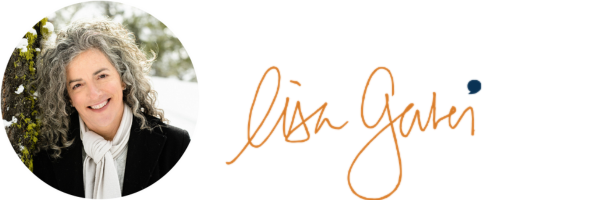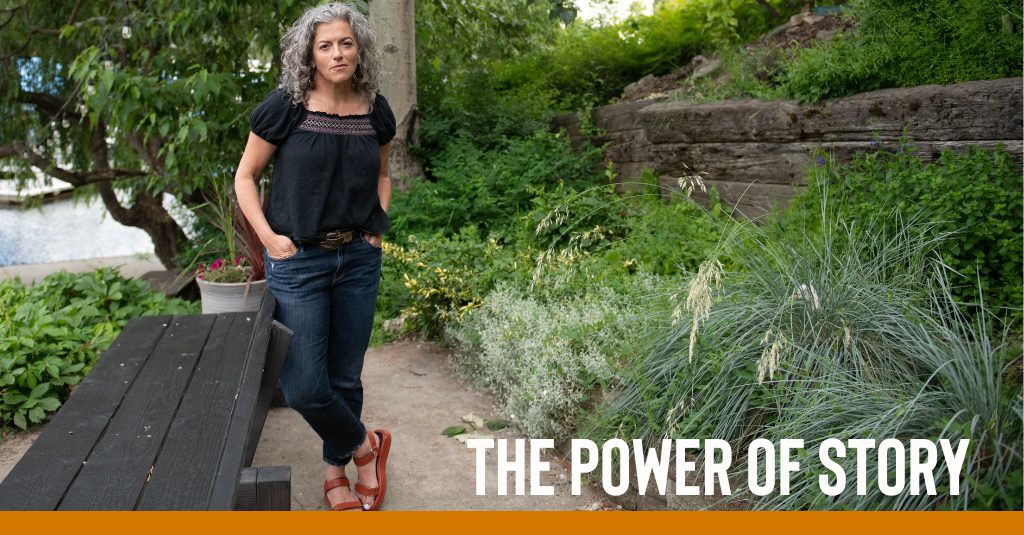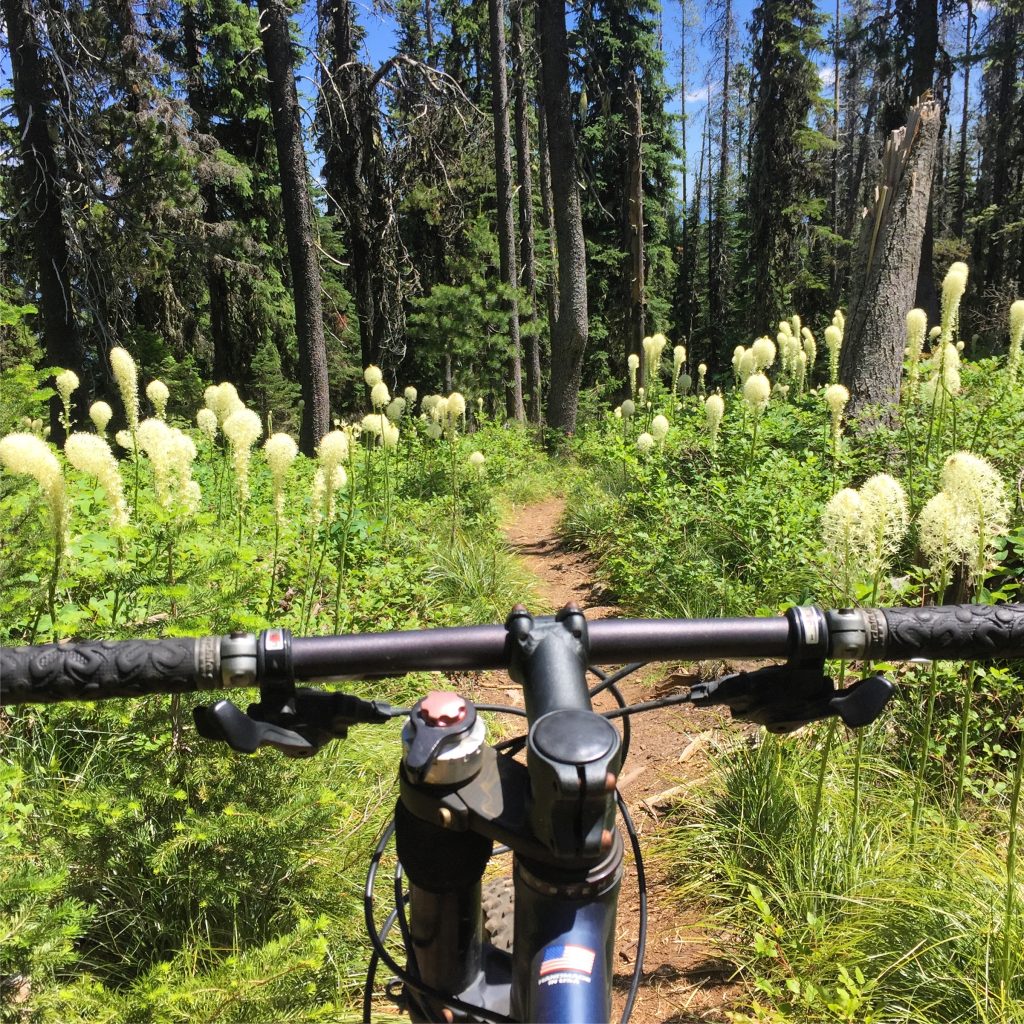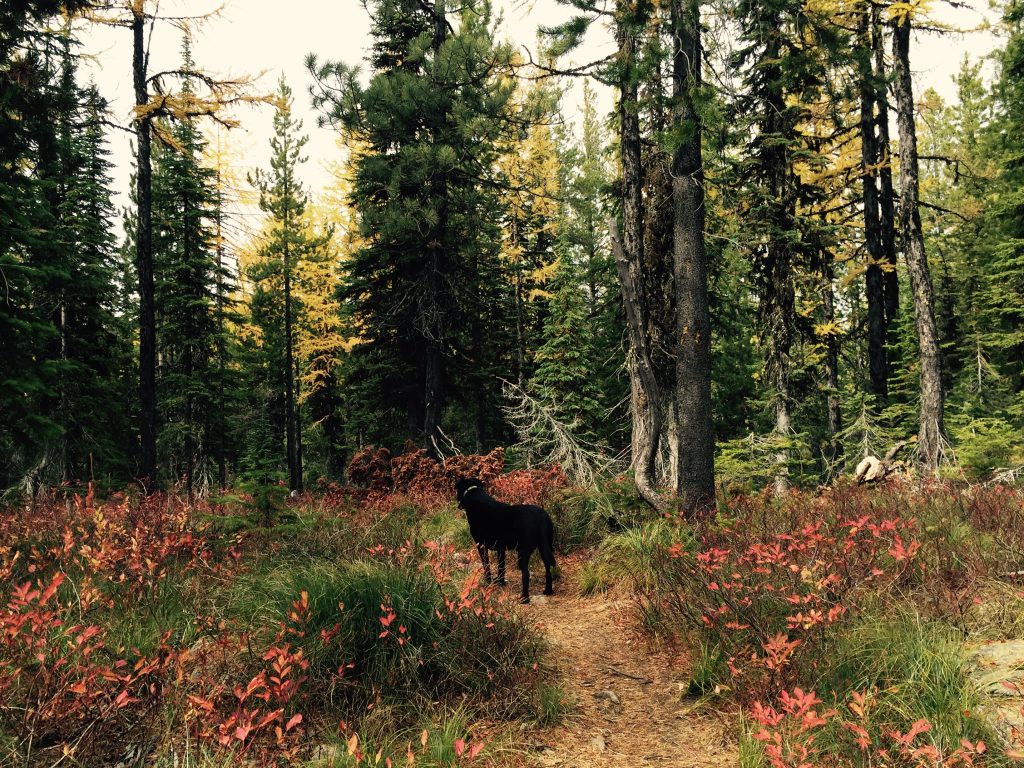Listen to the blog here.
Yesterday (Sunday), we walked uphill to say goodbye to one of my favorite spots in the forest, about a 2-mile walk up to the top of the ridge from our door. A trail runs through a beautiful meadow and forest.
In June, the beargrass blooms; from July to September, we pick huckleberries; in October, the colors are vibrant; and from December to May, we cross-country ski there, almost always with one of our dogs. It’s where I go when I need a break from my desk.
Today, as I sit here typing this, I can hear the machines of mass destruction that yesterday we saw poised on the perimeter. The noise won’t let me ignore that they are consuming that beauty and turning the land to dust so they can dig trenches for infrastructure, pave roads, and build hundreds of homes.
It’s not my land to say what can or can’t be done, but it prompted much thought and made me think about what moves people to action.
We are all gifted with a finite set of resources. Our financial resources may vary, but we all have the same amount of time, and most of the people you need to reach are doing everything they can to make ends meet, including meeting their work deadlines, getting their kids to drop off on time, and keeping groceries in the house.
How do they have the time and energy to engage in community and civic processes?
I was so upset about this loss, I called a friend I knew would have some hope for me. I learned about a few things I could do. I also learned that we win some and we lose some. This property may be gone, but others are being saved.
After my rage simmered to anger, I realized this story has been told millions and millions of times worldwide for centuries. It’s just never before been in my backyard.
In her book, The Influential Mind, neuroscientist Tali Sharot says that research on everything from airplane seatbelts to hand washing in hospitals shows that lousy news warnings (like my story today) are more likely to make people check out than change their behavior. And the more vivid and dire the picture painted, the less responsive the recipient. Fear and anxiety {can} cause us to withdraw, freeze, or give up rather than take action.
I didn’t read the book, but I am adding it to my list. It was cited by Saving Us author Katharine Hayhoe, chief scientist at The Nature Conservancy. The premise of her book, which I did read, is that stories unite people deeply divided by global issues like climate change.
So, the secret to influencing action?
The most powerful stories make global ideas local.
Put the issue in their “backyard.” Get people ticked off just enough, and give them some hope they can make a difference with concrete yet doable steps.
Proximity + anger + hope = action
It’s a formula for getting busy people to engage.
Take care out there.

SOME WAYS I MAY BE ABLE TO HELP YOU AND YOUR TEAM:
LEAD YOUR WAY: This mentoring/coaching program is designed to help you step into your leadership and show up as your best self so you can communicate to connect and amplify your impact.
COMMUNICATE TO CONNECT: In my storytelling workshops, I teach leaders of all capabilities how to engage authentically with their teams, community, and stakeholders to create meaningful connections that build trust, increase team engagement and lead to better fundraising and revenue generation.
Did you have something else in mind? Let’s talk and see how I might be able to help. Contact me and we’ll schedule a chat.
Stay in touch.
Sign up for our newsletter and receive a digital version of my book From So What? To So Funded! for free.




Builders interested in a mix of aesthetic appeal and resilience, Decorative Pool Deck Epoxy Finishes stand for some of the top choices on the market.
First up is designer poolside epoxy treatments. This surface solution infuses a refined look to outdoor aquatic spaces. These formulas help prevent slipping, making them highly recommended on sun-drenched patios.
Moving on, anti-slip driveway coatings prioritize grip. Perfect in busy entrances, these surfaces balance safety with style. Where traction is essential, they outperform.
Terrazzo-inspired epoxy solutions bring elegant patterns to commercial settings. Mimicking traditional terrazzo, this flooring incorporates color-rich compounds for a long-wearing result. Owners enjoy the durability that is provided by this flooring.
To complete the lineup, high-end marble-style resin provides the look of natural stone without the weight. It offers 3D depth, making it perfect for residences that seek class.
Summing things up, Terrazzo-Style Epoxy Flooring collectively present a diverse portfolio of epoxy flooring solutions. Combining the right one for your property, you guarantee value, beauty, and performance.
[url=https://stonepoxy.com/home]Garage Floor Coating around Wesley Chapel FL[/url]
[url=https://estesfam.com/2020/01/29/hello-world/#comment-17612]A Homeowner’s Guide to Maintaining Tailored Coated Backyard Area Surfaces Over Time[/url] f4747f9